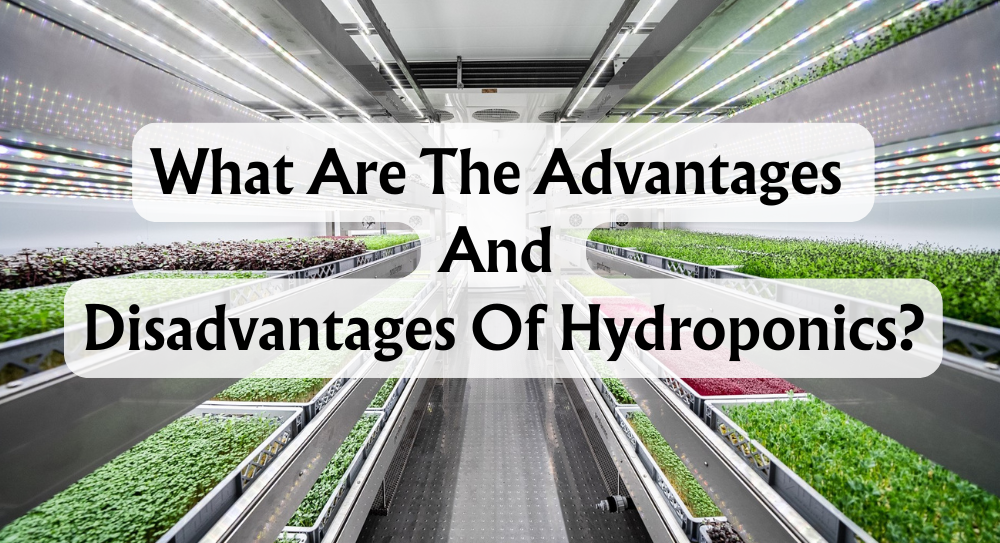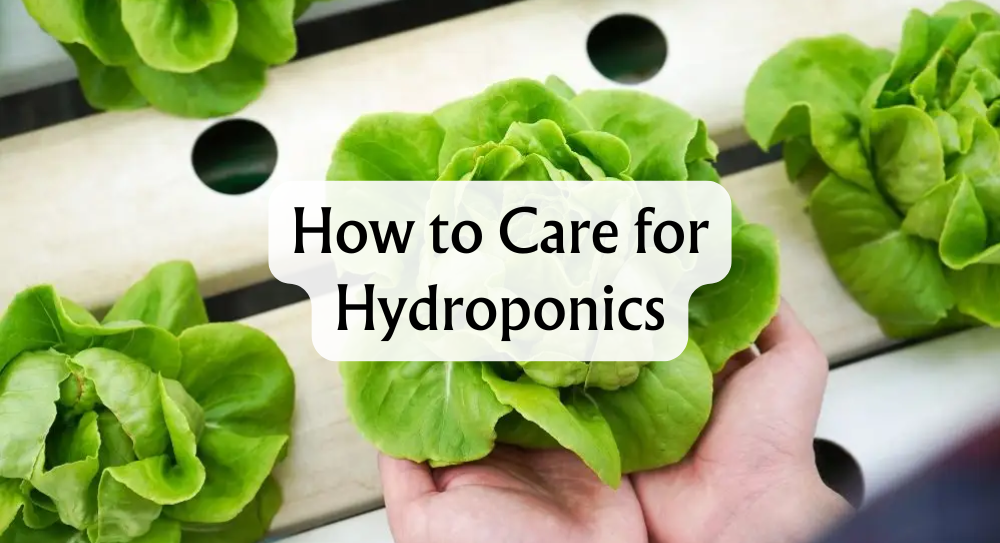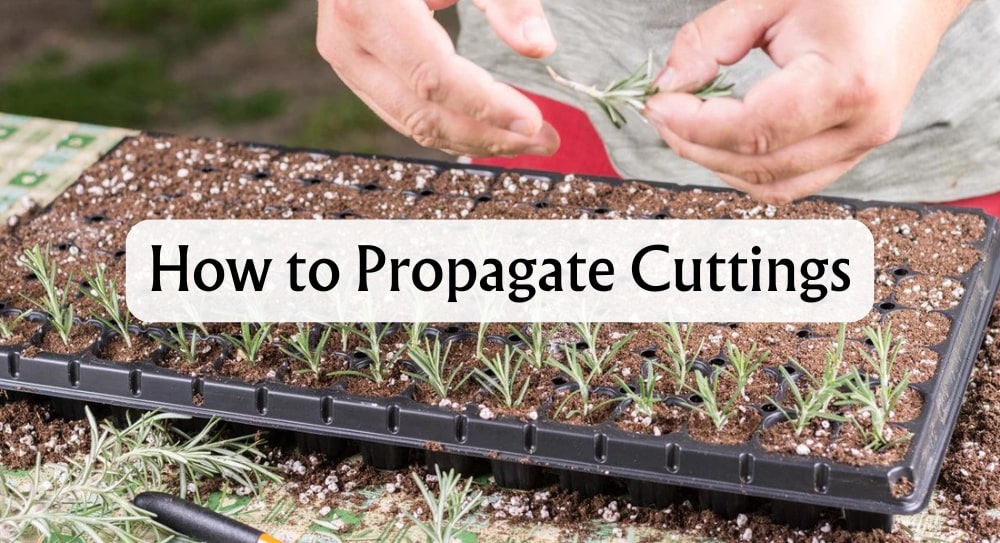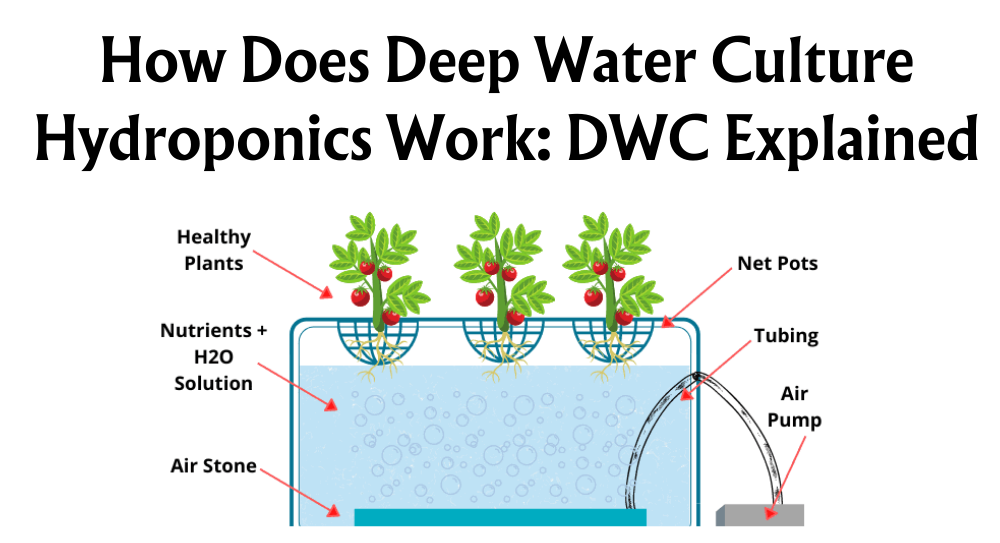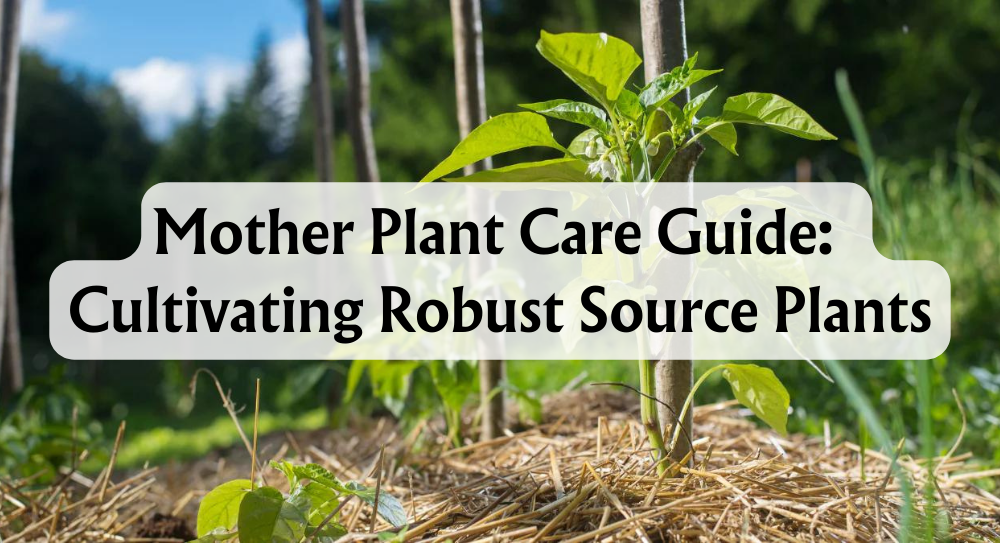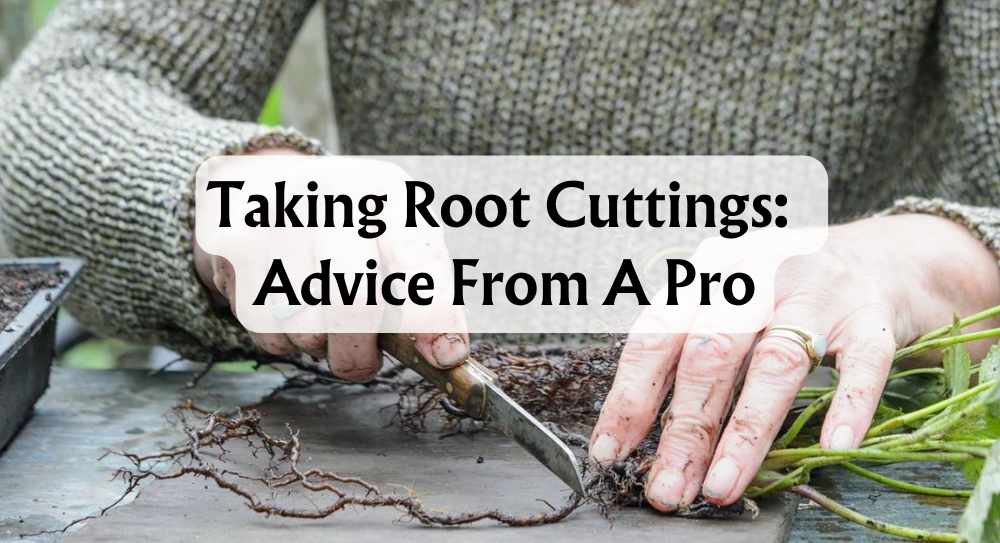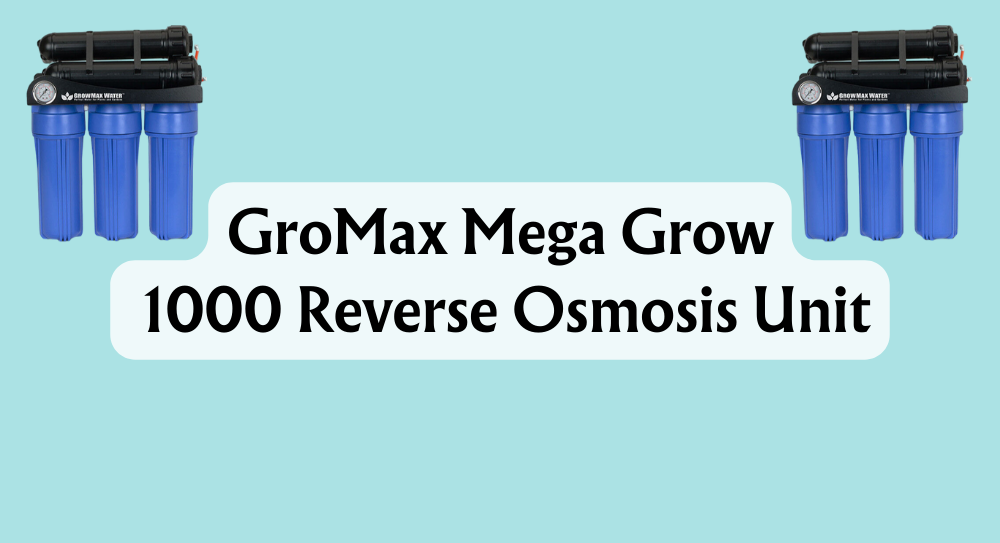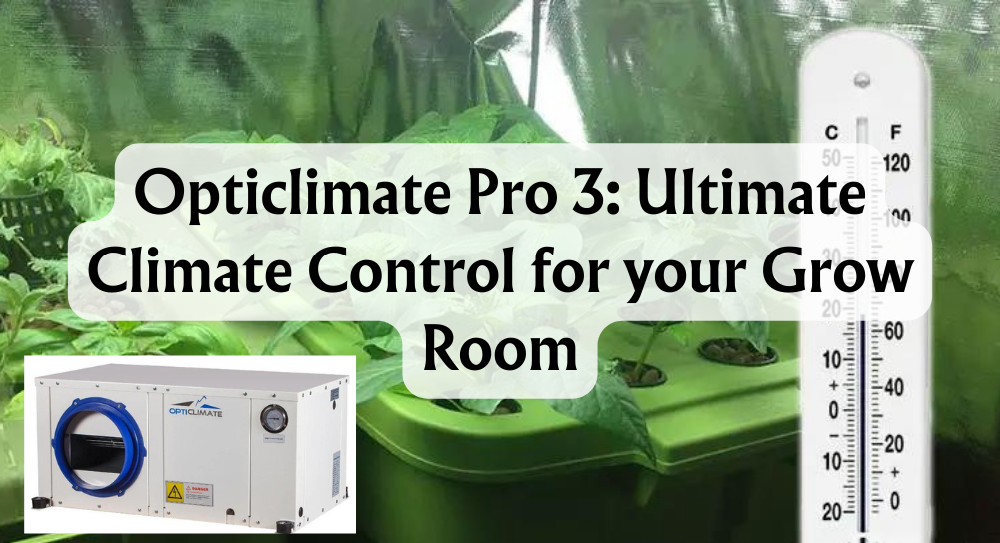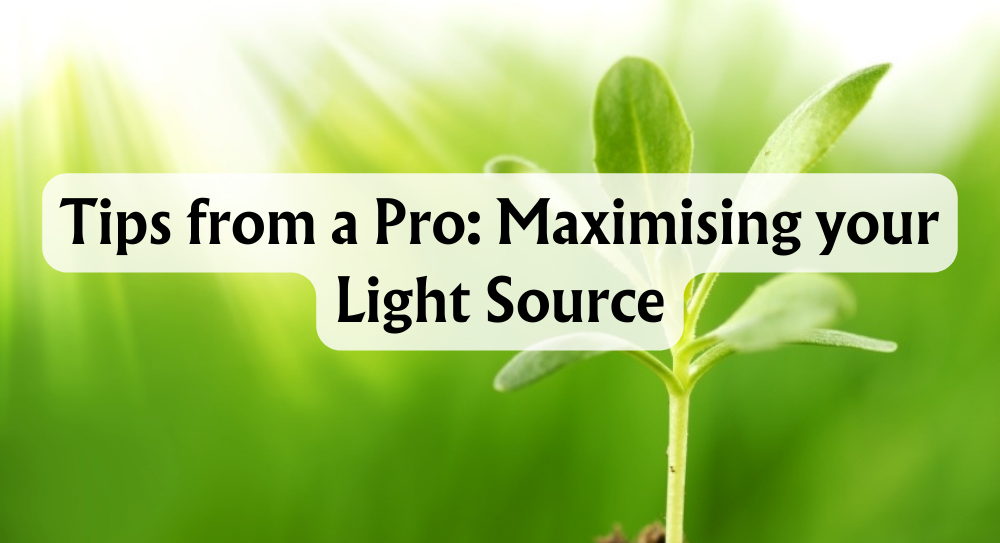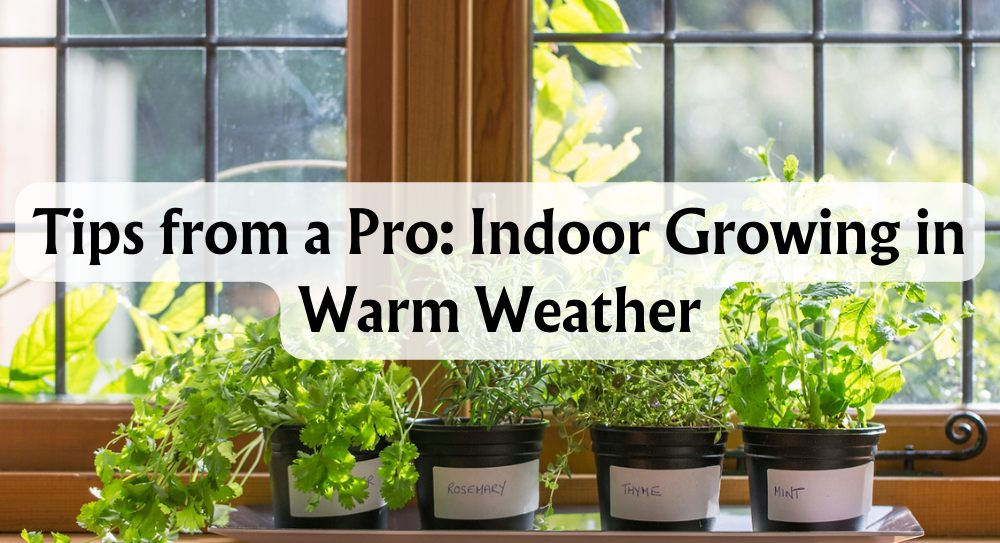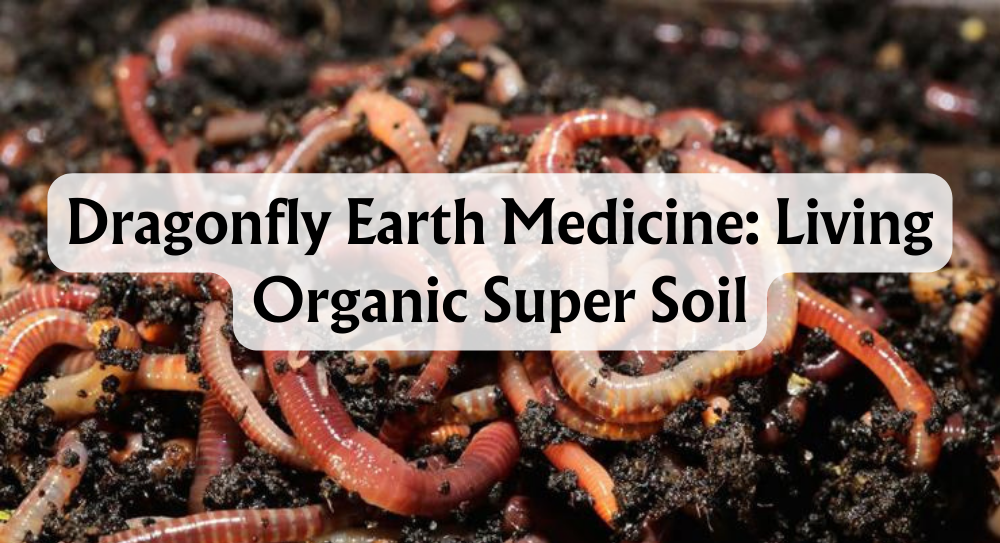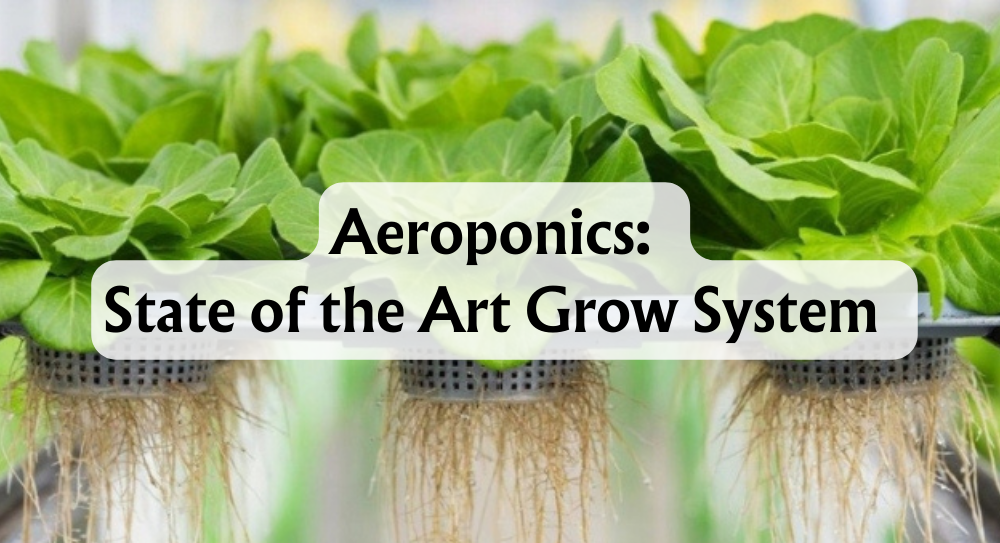What Are the Advantages and Disadvantages of Hydroponics? Weighing Up Soil-less Gardening
Hydroponics is our ticket to making plants grow without the fuss of soil, and it's been making waves in gardening circles. Essentially, it's all about giving plants exactly what they need—nutrient-rich water—straight to their roots. This method has more and more folks ditching traditional gardening gloves for something a bit more high-tech.

So, why the hype? On the one hand, hydroponics could very well be the answer to growing fresh produce all year round, no matter the weather outside. Imagine having juicy tomatoes in winter or crisp lettuce during a summer scorcher! But, as with anything that sounds too good to be true, there's another side to the story. Setting up a hydroponics system can be a bit of a puzzle, especially for those of us who aren't too savvy with handling more complex equipment or juggling the know-how of nutrients and pH levels.
Key Takeaways
- Hydroponics allows for all-year-round, soil-free plant growth.
- Systems are controlled environments providing precise nutrient solutions.
- The initial setup and expertise required can be challenging.
What Is Hydroponics?
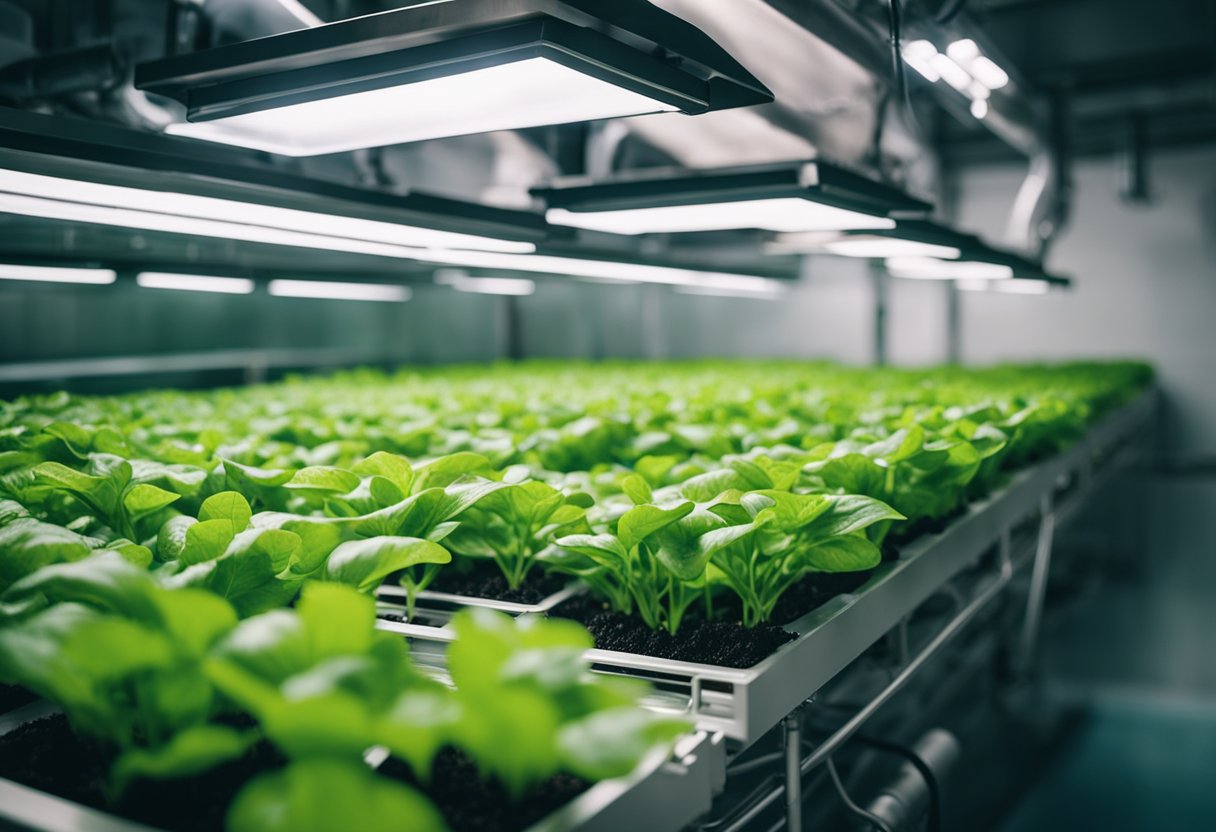
Hydroponics requires a swap out of ordinary dirt for a nutrient-rich water solution, ensuring that our leafy friends get all the sustenance they need directly from this mixture. But how do the plants actually stay up without soil? That's where various hydroponic systems come in, featuring clever containers and support to hold our plants in place while they sip on their liquid diet.
Now, you might ask, don't plants need oxygen too? Absolutely! In hydroponic systems, oxygen is typically supplied to the roots directly within the nutrient solution—either by dissolving it into the water or by leaving space for air around the roots, as certain setups do. It's all about balance and ensuring roots don't end up taking a prolonged underwater nap, which we avoid to prevent system failure.
Speaking of systems, there are a few types we might employ:
- Nutrient Film Technique (NFT): where a thin film of nutrient solution flows over the roots.
- Deep Water Culture (DWC): plants are suspended in a solution, allowing roots to go with the flow—literally.
- Aeroponics: roots hang in the air while we mist them with nutrients—talk about a spa day!
Each method has its own flair and is chosen based on what suits our plant pals the best. Whether it's for commercial-scale production or just our homegrown salad greens, these systems all share the ultimate goal: delivering nutrients to plants in an efficient and controlled manner, without a grain of soil in sight.
How Does a Hydroponic System Work?
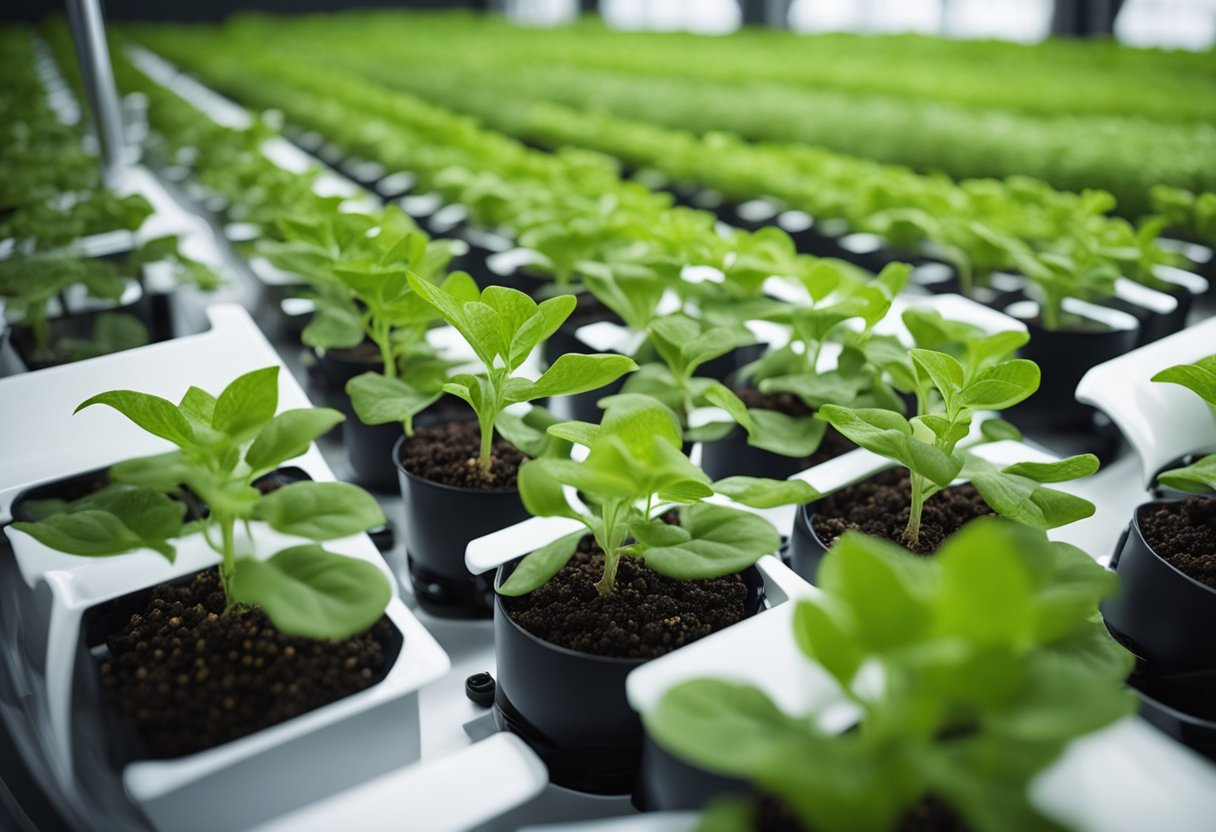
Before we dive into how hydroponic systems function, it's critical to understand that they're all about creating a perfectly balanced environment. This involves delivering nutrition directly to the plant roots via water and nutrients, without soil, and meticulously controlling every aspect of the climate around the plants.
Active System Versus Passive System
Active Hydroponic Systems involve moving parts. They pump solutions to the roots, often using a timer that delivers nutrients at specific intervals. Examples include:
- Drip Systems: A slow feed of nutrient solution from above.
- Nutrient Film Technique: A continuous flow of solution over the roots.
- Aeroponics: Roots hang in the air and are misted with nutrients.
Passive Hydroponic Systems, on the other hand, do not require moving parts:
- Wick Systems: Utilise material to passively transfer nutrients from a reservoir to the root system.
Both systems have their place, with active systems often seen as more controlled, while passive systems are lauded for their simplicity and low maintenance.
Lighting, Temperature, and Humidity Control
The joy of hydroponics is the level of control we have over our plants' environment, crucially, lighting, temperature, and humidity.
-
Lighting: Whether we use natural light or LED grow lights, it's all about the right "sunlight" for photosynthesis.
-
Temperature and Humidity: A controlled climate is key. We aim for a steady temperature of around 18-22°C and humidity levels that mimic the great outdoors. It's what keeps the plants comfy and thriving.
We can't forget an array of components that make up our hydroponic setup:
- Reservoirs: Hold the nutrient-rich solution.
- Air Pumps: Oxygenate the solution, promoting root health.
- Climate Control Systems: Maintain that perfect growing environment.
Lastly, here's a little visual to tie all this together! (Imagine a diagram showcasing the hydroponic setup, with labels pointing out the pump, reservoir, light source, and environmental control mechanisms.)
Advantages of Hydroponics

When we talk about the benefits of hydroponics, we're diving into a world of agriculture that's not bound by the need for soil. With an efficient hydroponic setup, you can grow healthy plants at home with total control over the climate.
Extended Growing Season
With hydroponics, we're not at the mercy of the weather outside. This means we can grow crops like strawberries and lettuce all year round, regardless of snow or sun outside!
Improved Growth and Yield
Did you know that some hydroponic setups can produce veggies up to 50% faster? With the right conditions, plants like tomatoes can flourish, giving us higher yields than traditional soil farming.
No Soil
Forget about the hassle of soil-based gardening. Not only do we save on soil costs, but we can also set up shop anywhere. Talk about flexibility!
Higher Plant Density
Thanks to hydroponics, we can really pack 'em in. Tight spacing in hydroponic setups can lead to lush, green areas full of herbs and veggies without needing more room.
Complete Control Over Climate
We become the masters of our own little greenhouses. By controlling the climate down to the last degree, plants like potatoes can prosper without the worry of mould or unexpected pests.
pH Control
Keeping an eye on the pH levels ensures our plants are getting the nutrients they need. It's like fine-tuning a diet for optimal health—and the plants love it!
Plants Can Grow Anywhere
Do you have an unused corner in an urban flat? No problem. Hydroponics can bring food production to new places, even in the most unlikely spots or harsh environments.
Less Water Consumption
Hydroponics is a champ at water efficiency. By recycling water, we can reduce consumption by up to 90% compared to traditional farming. That's a win for us and the planet!
Fewer Pest Problems
Bidding farewell to soil means we're also waving off many soil-borne pests. A cleaner, controlled setup equals fewer uninvited critters munching on our veg.
Easier to Harvest Mature Plants
When it's time for harvest, there's less bending and digging. Mature plants come out with ease, making the process a breeze, especially for crops like lettuce.
Time-Saving
We're all about efficiency, aren't we? Automation and controlled conditions slash the time we spend on chores, leaving us more time to enjoy the fruits (or vegetables) of our labour.
Disadvantages of Hydroponics
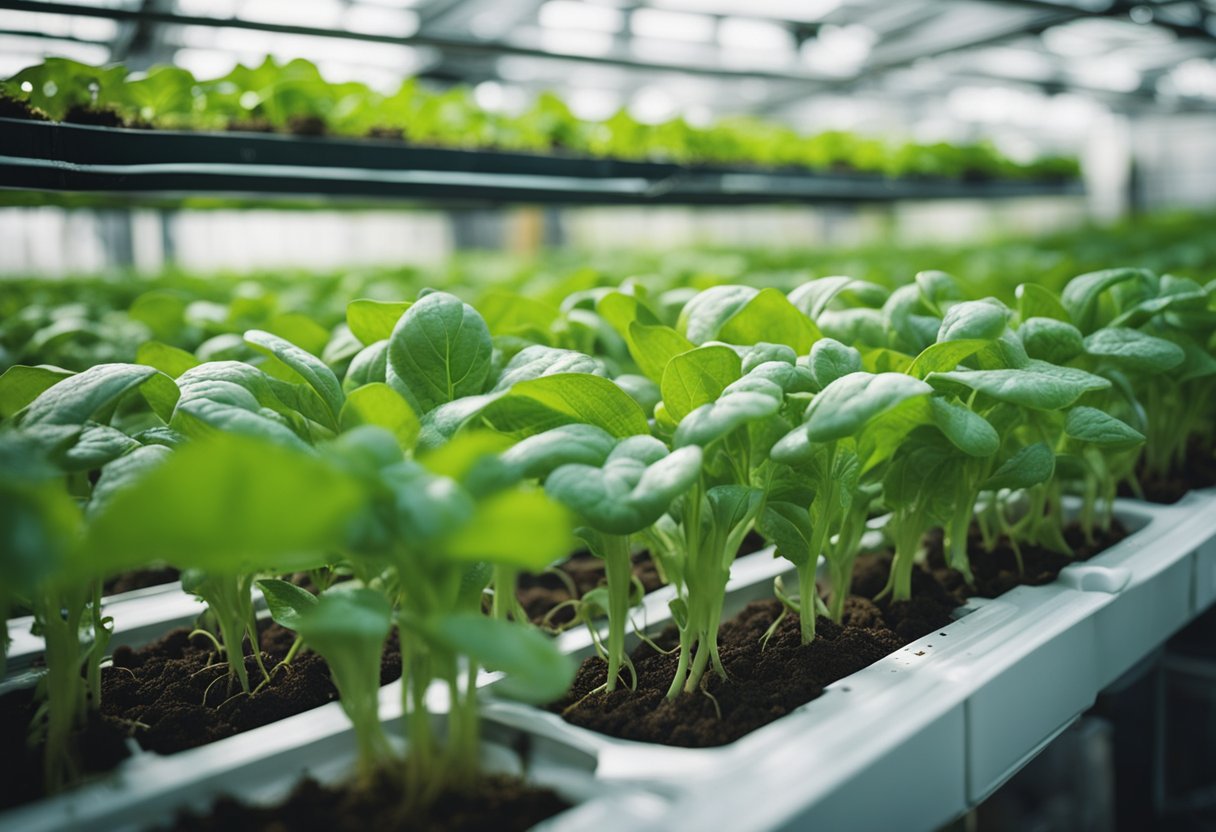
While hydroponics can revolutionise the way we grow plants with its many advantages, it's not all smooth sailing. Let's shed some light on a few of the cons of hydroponic farming.
Expensive to Set Up
Setting up a hydroponic system can be quite a pocket pinch, especially up front. We're talking costs for everything from pumps and grow lights to climate control and nutrient feeds. A basic home kit could be reasonable, but if we aim big – think commercial scale – we could easily be looking at thousands of pounds.
Vulnerable to Power Outages
Our plants' lives literally hang by a wire, given they wholly depend on electricity. Pumps, lighting, even temperature control – all need power to function. Should we forget a backup generator or power source, a power outage could spell disaster for our green pals.
Requires Constant Monitoring and Maintenance
Got a free weekend? Good, because these systems demand quite some commitment. Regularly checking pH levels, keeping the nutrient solution balanced, and cleaning the system are just a few chores on the to-do list. Slack off, and the plants won't forgive us.
Waterborne Diseases
The closed system of hydroponics is like a paradise for waterborne diseases if we're not careful. Diseases can spread like wildfire if we don't stay on top of things with regular checks and preventative measures.
Problems Affect Plants Quicker
In hydroponics, when trouble hits, it hits fast. Nutrient imbalances, pH levels going awry, you name it – plants react almost immediately. This means we've got to be on our toes, ready to swoop in at the first sign of distress.
Further Thoughts on Hydroponic Growing
Before we wrap up, let's just say, that hydroponic growing is thrilling but not without its nail-biting moments. We need to consider everything – from the location and environmental factors to being prepared for the odd pest problem. For us fresh-faced beginners or weathered growers, always keep learning, because there's no such thing as too much knowledge in the land of hydroponics.
Further Thoughts on Hydroponic Growing
As we explore the expanding world of growing hydroponically, we realise it's more than just a buzzword amidst our global quest for sustainable solutions. The challenge of feeding a burgeoning population and traditional soil-based agriculture straining under environmental changes, hydroponics stands as a beacon of innovation in food production.
Water Scarcity and Hydroponics: Despite the ominous threat of water scarcity, the clever reuse of water in hydroponic systems presents a shimmer of hope. By continuously recirculating water, our precious resources are conserved, showing promising strides towards meeting global food demand without draining our reservoirs dry.
Maximising Space and Yield:
- Regionally Diverse Crops: Unshackled from the limitations of local climates, hydroponics can adapt to grow a wide variety of crops across different regions.
- Year-Round Harvests: Imagine strawberries in winter or fresh lettuce in the heat of summer. With hydroponics, it's possible.
Vertical Farming: Stacking our crops skywards, vertical hydroponic systems become crucial for food production within urban settlements, where land is scarce but mouths are plenty.
A Nod to Beginners and Veterans:
- Begin with user-friendly kits to grasp the basics without overwhelming yourself.
- For the seasoned gardener, experiment with different nutrient solutions or plant combinations to optimise growth.
We must remember, that while technology is advanced, it's not infallible. Regular monitoring of pH levels and nutrient concentrations is paramount. A successful hydroponic setup requires diligence and an avid interest in the nuances of plant growth.
In essence, as we journey through the future of agriculture, hydroponics offers a viable way forward. Harnessing its power may well be our answer to creating a world where everyone has access to fresh, nutritious food, regardless of where they live.
Conclusion
As we explore hydroponics, it's clear that this method stands out as part of the farming revolution, offering sustainable farming practices that are changing the way we feed the future. Let’s break down what we’ve discovered:
Advantages:
- Extended Growing Season: We can grow crops all year round, unaffected by traditional seasonal constraints.
- Space Efficiency: We're looking at more plants per square metre compared to soil farming, which is a real game-changer for limited spaces.
- Water Conservation: It’s pretty impressive that hydroponics uses significantly less water than soil-based agriculture.
- Yield & Growth Rates: We can't help but notice faster growth rates and potentially larger yields, all in a controlled environment.
Disadvantages:
- Initial Investment: The setup isn't pocket-change friendly, and it's something to consider before we take the plunge.
- Technical Know-How: It doesn’t come as straightforward as planting in soil; there’s a learning curve involved.
So, should we be considering hydroponics for our next gardening project or even a commercial venture? We need to weigh our enthusiasm for high-tech gardening against the sheer practicality of it for our particular situation.
As we adopt more eco-friendly and efficient ways to farm, hydroponics in practice really does beckon to us with a promise of innovation. However, it's always wise to step back and look at all the angles, especially when it’s about our food and our planet’s future. Let's not forget, that while we aim to push boundaries, our choices must be grounded in what is achievable and sensible for us.







 Store Locator
Store Locator
